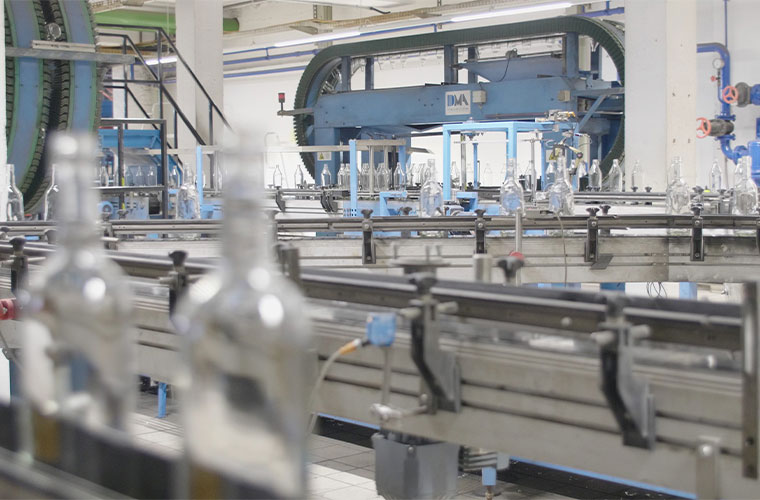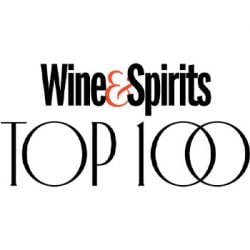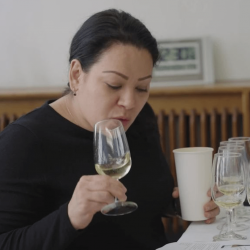

Climate change did not begin in 2017, but that is the year, most agree, when the California wine industry could no longer ignore it. As vast swaths of Napa, Sonoma and Lake counties were ravaged by deadly and violent fires, every breath through an N-95 mask brought a newfound urgency to the threat of global warming.
Another year of conflagration followed in 2018; in 2019, the Torres family of Penedès, Spain, and the Sonoma-based Jackson family combined forces to found the International Wineries for Climate Action, an organization designed to coordinate efforts in the global wine community to slow a warming climate; they set out to facilitate a concrete, comprehensive and scalable response to the challenges the industry faced, with the goal that each member achieve zero emissions by 2050. That membership now stands at nearly fifty wine companies worldwide, many of them large and influential.
While there had been efforts like this before, what set the IWCA apart was its comprehensive data toolkit with which a winery could calculate its carbon footprint, to measure emissions and set reduction goals. In particular, members were obliged to come to terms with the scope of emissions from activities outside of wine production. That put them face-to-face with glass’s contribution to their overall climate footprint.
“It was the elephant in the room,” says Diana Snowden Seysses, an IWCA member with roots in Napa and Burgundy. “Glass was responsible for between 50 to 75 percent of greenhouse gas emissions, depending on your math.”
The IWCA toolbox compelled a shift in emphasis: to reduce its carbon footprint, a winery had to address its glass consumption.“We finally had a winery-specific greenhouse gas calculation tool that provided data we could not ignore,” says Molly Shepherd, sustainability manager for Napa’s Spottswoode Vineyards. “It’s a bigd river for our focus on glass and packaging now.”
Historically, of course, mass-produced glass is a triumph for the industry, an almost miraculous 19th-century advance, protecting this relatively unstable liquid from oxygen and other contaminants. Glass bottles, available at scale, resulted in leaps in quality, longevity and transportability.
“Glass was responsible got between 50 to 75 percent of greenhouse gas emissions, depending on your math.” —Diana Snowden Seysses
Over time, a bottle’s shape, size, color and weight have come to signify differences in variety, region and quality. So, it was probably inevitable that a bottle’s weight and design would be called upon to confer notions of prestige, rarity and luxury. The trend reached its zenith with the cult wines of Napa Valley in the 1990s and 2000s, and was mimicked by ambitious producers all over the world. During that time the weight of luxury bottles swelled from an average of about 450 grams (one pound) to 800-900 grams. Producing, storing, protecting, packaging and shipping these heavier bottles added mightily to a given winery’s carbon footprint.
The ecological trend, then, is for lightweighting, and some of the country’s largest wine companies, including Jackson Family Farms, Constellation and the CrimsonWine Group, are working to lessen their carbon footprint with glass.
It turns out that shaving grams off your bottle weight is one of the easiest adjustments to make, with the greatest impact. In the last half-decade, Jackson Family Farms has trimmed an average of 52 grams off every bottle of La Crema, Kendall-Jackson Vintner’s Reserve and a dozen other brands—for a nine percent reduction in glass-related emissions (or 1.5 percent overall). By diminishing waste and using less fuel to transport less-expensive bottles, wineries can save hundreds of thousands of dollars a year.
Glass production is fuel-intensive, owing to the high temperatures required to convert sand and silica to glass. (That raw material is often transported from sources hundreds of miles away.) The furnaces are not only massive, they’re inefficient: Once they are turned on, producers rarely turn them off. Some are left to burn for a decade or more.


But new glassmaking technologies are slowly entering the marketplace, including MAGMA (Modular Advanced Glass Manufacturing Asset), developed by the glass company O-I Glass. MAGMA is not only one-third the size of a typical furnace, it is relatively portable (it can be moved and redeployed) and can be operated using renewable fuels. Plus, it is capable of producing significantly lighter bottles.
Recycling glass could bring these efforts even closer to Net-Zero emission goals. But the U.S. continues to lag on its commitment to glass recycling, repurposing only 30 percent of its wine bottles, on average. In comparison, Britain, France and Germany recycle more than 70 percent of their glass; Belgium, the world leader, recycles close to 100 percent.
As for shipping and transport, winemakers are hoping that California’s commitment to electric vehicles (scheduled to be mandatory in 2035) will lead to dramatic reductions in their own carbon footprint. In the meantime, there’s the enduring issue of overnight shipping: If you’re sending your reduced-weight bottle of wine overnight to a collector in Houston, your carbon karma just went up in smoke. Generally loath to part with this carbon-intensive customer service, wineries are increasingly offering alternatives—Spottswoode and Jarvis Estate are among the wineries onboard with Vine Vault, which pools shipments for transport in a refrigerated van. The service is slightly more expensive than air freight and shipments don’t leave the winery until the van is close to full. But for those who can wait this type of service is a great alternative to small shipments by air.
While Wineries haven’t abandoned prestige in their marketing efforts, they have, through market research and active trials, learned that consumers are largely unfazed by lighter bottles. In fact, their research suggests the Gen Z age group responds positively to lightweighting efforts.
In October, the Sustainable Wine Roundtable, a British organization, announced the SWR Bottleweight Accord, an agreement with retailers which seeks to reduce the weight of all bottles found on these retailers’ shelves to 420 grams by the end of 2026. That includes domestic retailers Naked Wines and Whole Foods Market; more in the U.S. are expected to follow.
Patrick J. Comiskey covers US wines for Wine & Spirits magazine, focusing on the Pacific Northwest, California’s Central Coast and New York’s Finger Lakes.
This story appears in the print issue of Winter 2023.
Like what you read? Subscribe today.



















